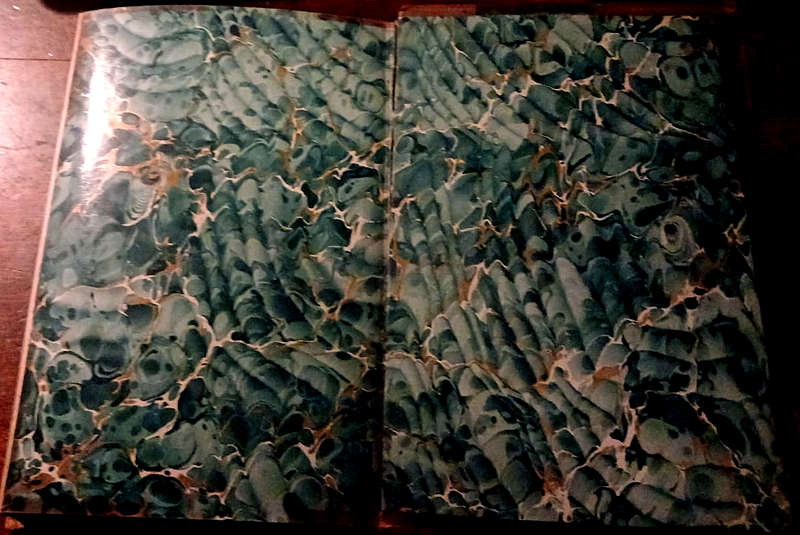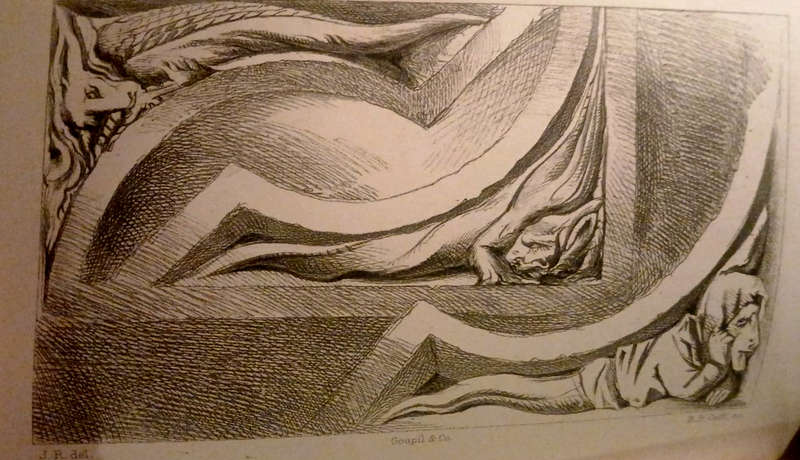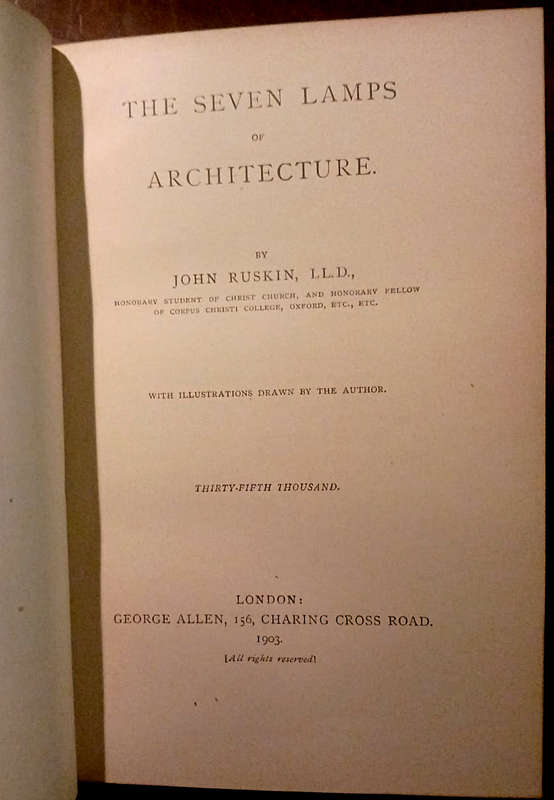









The Seven Lamps of Architecture by John Ruskin (1903)
Check my rate
| Main centres: | 1-3 business days |
| Regional areas: | 3-4 business days |
| Remote areas: | 3-5 business days |










| Main centres: | 1-3 business days |
| Regional areas: | 3-4 business days |
| Remote areas: | 3-5 business days |
Published by George Allen, London, 1903, hardcover, decorative binding, half leather, illustrated, marbled endpapers, 442 page, index, 12.7 cms x 18.6 cms x 3.6 cms, some wear to spine & hinges, otherwise condition : very good.
Queenstown High School for Girls Prize bookplate, 1905, also school motto & monogram to front board.
John Ruskin (1819 1900) was an English writer, philosopher, art historian, art critic and polymath of the Victorian era.
Ruskin was heavily engaged by the work of Viollet-le-Duc which he taught to all his pupils including William Morris, notably Viollet-le-Duc's Dictionary, which he considered as "the only book of any value on architecture". He made detailed sketches and paintings of architectural structures and ornamentation. The elaborate style that characterized his earliest writing on art gave way in time to plainer language designed to communicate his ideas more effectively. In all of his writing, he emphasized the connections between nature, art and society.
Ruskin's interest in architecture, and particularly in the Gothic, led to The Seven Lamps of Architecture (1849). The title refers to seven moral categories that Ruskin considered vital to and inseparable from all architecture: sacrifice, truth, power, beauty, life, memory and obedience. All would provide recurring themes in his future work. Seven Lamps promoted the virtues of a secular and Protestant form of Gothic. It was a challenge to the Catholic influence of architect A. W. N. Pugin.
Ruskin was hugely influential in the latter half of the 19th century and up to the First World War. After a period of relative decline, his reputation has steadily improved since the 1960s with the publication of numerous academic studies of his work. Today, his ideas and concerns are widely recognized as having anticipated interest in environmentalism, sustainability and craft.
Altogether a very handsome book.